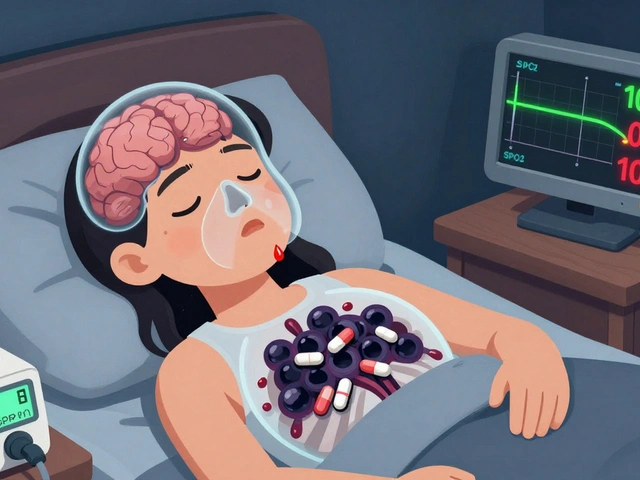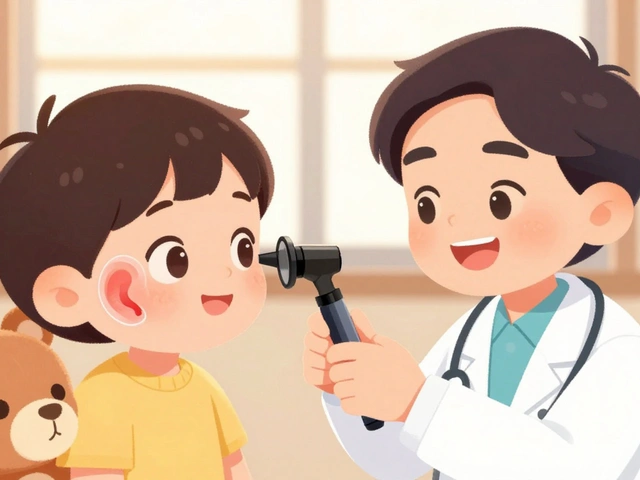Antitoxin Therapy: How to Neutralize Dangerous Toxins
When dealing with antitoxin therapy, a medical treatment that uses antibodies to neutralize harmful toxins in the body. Also known as passive toxin neutralization, it is a key tool in emergencies like snake bites, botulism, or diphtheria exposure.
One of the most familiar forms is antivenom, an antitoxin derived from animal serum that targets snake venom. People also use immunoglobulin, a purified antibody preparation that provides immediate protection against specific toxins. Both are examples of passive immunization, the transfer of ready‑made antibodies to a patient, which bypasses the time needed for the body to make its own defenses.
Antitoxin therapy works because antibodies bind to toxins and block their harmful actions. This binding stops the toxin from attaching to cells, disables its enzymatic activity, and marks it for removal by the immune system. In practice, the therapy can be given intravenously, intramuscularly, or even subcutaneously depending on the toxin and the product used.
Common toxins that trigger antitoxin use include bacterial poisons like diphtheria toxin, tetanus toxin, and botulinum toxin, as well as animal venoms from snakes, spiders, and jellyfish. Each toxin has a specific antitoxin, so doctors must know the exact exposure before choosing the right product. For example, botulism requires botulism antitoxin, while a rattlesnake bite calls for rattlesnake antivenom.
Dosage is calculated based on the severity of exposure, patient weight, and the potency of the antitoxin. Too little may not neutralize the toxin; too much can raise the risk of allergic reactions. Monitoring during and after infusion is essential—clinicians watch for signs of anaphylaxis, serum sickness, or local injection site reactions.
Safety measures include pre‑medicating with antihistamines or steroids for patients with a history of allergic reactions, and having emergency equipment ready. Most modern antitoxins are highly purified, reducing the chance of serum‑related side effects, but vigilance remains a must.
Manufacturing has shifted from traditional animal‑derived sera to recombinant technologies. Recombinant antitoxins use engineered cell lines to produce specific antibodies, offering higher purity and lower risk of contamination. Monoclonal antibody antitoxins target single toxin epitopes, which can improve effectiveness and reduce dosage.
Clinical guidelines now recommend early administration of antitoxin therapy whenever possible. Early treatment shortens hospital stays, cuts down on complications, and improves survival rates. In travel medicine, carrying an antitoxin kit for regions with high risk of snake bites or tetanus can be life‑saving.
Patients often wonder how quickly they will feel better after treatment. While the antibodies start working within minutes, the full recovery depends on how much damage the toxin already caused. Rehabilitation, wound care, and supportive therapies may still be needed.
Below you’ll find a curated list of articles that dive deeper into specific antitoxins, compare treatment options, and share real‑world tips for clinicians and patients alike. Explore the collection to get practical advice, detailed drug comparisons, and the latest research on antitoxin therapy.
How Social and Cultural Factors Shape Tetanus Prevention and Treatment
Explore how socio-economic status, cultural beliefs, and public‑health policies influence tetanus vaccination and treatment, with practical tips for effective prevention.
Read More





